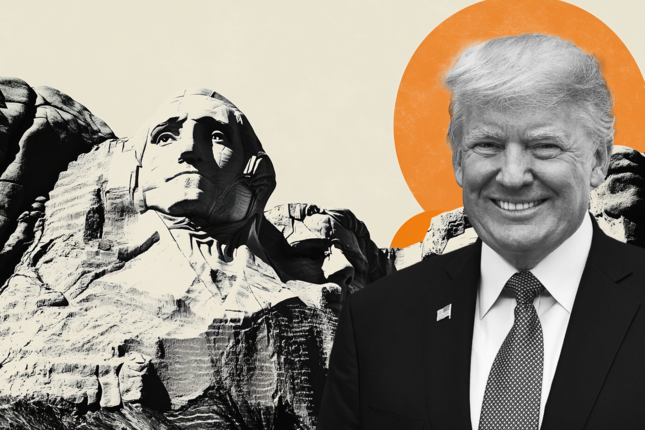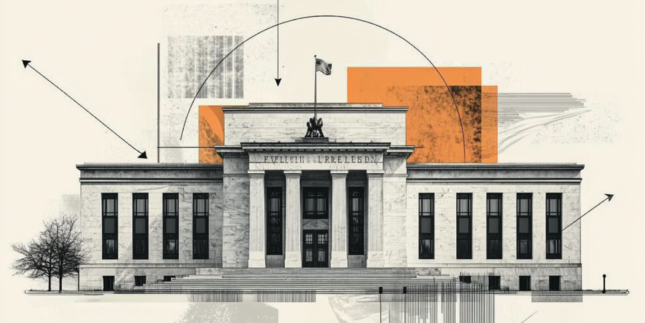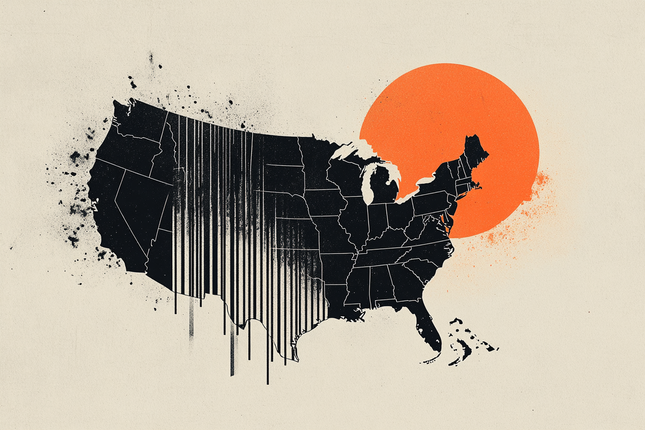US Dollar continues despite tariff signals, weak data
- The US Dollar Index edges lower around 106.30, with markets awaiting fresh catalysts.
- Trump administration signals tighter tariffs on China and potential third-party restrictions.
- US consumer confidence dips to 98.3, its lowest since June 2024.
- Tariff negotiations with Canada and Mexico remain unresolved.
The US Dollar Index (DXY), which measures the performance of the US Dollar (USD) against a basket of six major currencies, posts small losses and falls to near 106.30 on Tuesday. The US Dollar edges lower amid escalating geopolitical tensions and potential new tariffs targeting China. With the United States (US) President Donald Trump administration signaling possible semiconductor restrictions, traders are cautious and the DXY is hovering just above key support levels, hinting at potential downside risks.
Daily digest market movers: US Dollar steady as tariff tensions rise
- US Dollar Index posts small losses as markets digest potential trade barriers targeting China and third-party nations.
- US Treasury Secretary Scott Bessent reaffirms the role of tariffs as a key funding tool for Trump's economic plans.
- Bessent suggests potential monetary easing alongside fiscal tightening could stabilize Treasury yields.
- US consumer confidence falls to 98.3 in February, its lowest level since June 2024, according to the Conference Board.
- The Present Situation Index drops by 3.4 points to 136.5, indicating declining sentiment toward current economic conditions.
- The Expectations Index slumps by 9.3 points to 72.9, highlighting growing pessimism about income and job prospects.
- Trump Trade Advisor Peter Navarro hints at possible tariff exemptions, softening recent protectionist rhetoric.
- Tariff talks with Canada and Mexico continue, with Trump signaling potential actions if no progress is made.
- A reciprocal tariff on the digital services tax is under consideration, potentially impacting tech-related trade.
- US Q4 GDP data release later this week remains a key focus for market participants.
- December Personal Consumption Expenditures (PCE) data is expected to shed light on inflationary trends.
DXY technical outlook: Bulls struggle as bearish momentum persists
The US Dollar Index remains anchored around 106.35, with attempts to recover the 100-day Simple Moving Average (SMA) at 106.60 falling short. Despite minor recoveries, the technical indicators remain subdued. Both the Relative Strength Index (RSI) and the Moving Average Convergence Divergence (MACD) are signaling sustained bearish momentum. Support lies at 106.00, while resistance remains at 107.00. A break below the 106.30 level could confirm a deeper bearish outlook in the short term, with bulls still needing stronger catalysts to regain control.
US-China Trade War FAQs
Generally speaking, a trade war is an economic conflict between two or more countries due to extreme protectionism on one end. It implies the creation of trade barriers, such as tariffs, which result in counter-barriers, escalating import costs, and hence the cost of living.
An economic conflict between the United States (US) and China began early in 2018, when President Donald Trump set trade barriers on China, claiming unfair commercial practices and intellectual property theft from the Asian giant. China took retaliatory action, imposing tariffs on multiple US goods, such as automobiles and soybeans. Tensions escalated until the two countries signed the US-China Phase One trade deal in January 2020. The agreement required structural reforms and other changes to China’s economic and trade regime and pretended to restore stability and trust between the two nations. However, the Coronavirus pandemic took the focus out of the conflict. Yet, it is worth mentioning that President Joe Biden, who took office after Trump, kept tariffs in place and even added some additional levies.
The return of Donald Trump to the White House as the 47th US President has sparked a fresh wave of tensions between the two countries. During the 2024 election campaign, Trump pledged to impose 60% tariffs on China once he returned to office, which he did on January 20, 2025. With Trump back, the US-China trade war is meant to resume where it was left, with tit-for-tat policies affecting the global economic landscape amid disruptions in global supply chains, resulting in a reduction in spending, particularly investment, and directly feeding into the Consumer Price Index inflation.
Forex News
Keep up with the financial markets, know what's happening and what is affecting the markets with our latest market updates. Analyze market movers, trends and build your trading strategies accordingly.























